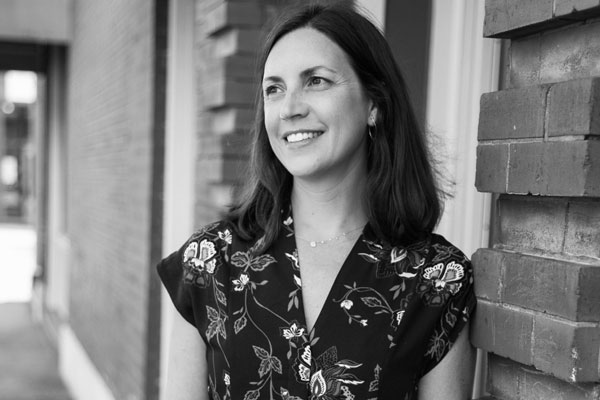My exploration of wellness, including my study and practice of Asian Medicine, emerged naturally as a result of health challenges that started when I was a young child. Around age 5, I developed severe cellulitis that resulted in a hospital stay. Subsequently, my childhood was spotted with repeated infections, rounds of antibiotics, and frequent digestive discomfort. The physicians who cared for me were able to keep the infections at bay, but the issues never fully resolved. During undergraduate school, I started to explore complementary medicine. I quickly had words for what I was feeling, “not acutely ill” is far different than well. I wanted to experience wellness.
After undergraduate school and a bit of traveling, I discovered Japanese Acupuncture while visiting St. Louis. After my first treatment, I knew this was my next step. From 2000-2003, I studied the Kototama Inochi style of Japanese Acupuncture and Bodywork (Meridian Therapy/ Shiatsu/ Teate) under Tom Duckworth DLM, L.Ac. and Jason Hackler, DOM. I am grateful that I love to learn, because studying and practicing Asian medicine is a life-long endeavor. Inochi translates to “life”. Indeed, this practice offered me a first hand experience of embodied presence, and I gradually began to grasp our innate ability to heal.
In addition to coursework, my study of Meridian Therapy involved observing and assisting hundreds of treatments. I studied pulse diagnosis, the spirit of sound and language, meridian palpation, moxibustion, Anma, Te a Te, and Shiatsu styles of bodywork, abdominal diagnosis and treatment, contact needling, proper needle insertion, and so much more.
I started my Acupuncture practice in St. Louis, MO at the Big Bend Yoga Center in early 2004. Over the last two decades, I have been learning how to look and listen and feel and ask. I am learning how to recognize what the body/mind is asking for to facilitate the experience of safety and recalibration that allow each of us to express our natural state of well-being.
In 2015, I started my studies with Lauren Hubele, exploring a form of plant-based therapy called Gemmotherapy. Gemmotherapy extracts are produced from plant (stem cells) embryonic tissues, most often tree branch buds. The buds are harvested and made into extracts, which are gentle, affordable, and contain the concentrated vitality of the plant. This has been nothing short of game changing in my life and is now a tool I use often when assisting family and clients. Gemmotherapy extracts are effective in both acute and chronic conditions, optimizing elimination, and balancing the nervous system.
In 2018-2019, I studied Nagano Style Acupuncture with Tsuyoshi Shimamura, who practices and resides in Japan. His work has been pivotal in the continued development of my diagnostic and treatment style, and in refining my practice of contact (non-insertion) needling.
Around the same time, I began an in depth study of the Nervous System, particularly its relationship to self preservation and the treatment of (trauma) dysregulation. Polyvagal Theory, the groundbreaking work of Steven Porges, shows us that how we react to cues of safety and danger in our lives is precognitive, and therefore not a choice. Porges’s work mapped out three (not two) states of the Autonomic Nervous System. This work is often a beacon of light, reminding us that why we respond to life the way we do is a function of our past experiences, but via neural plasticity we can become an active participant in learning to experience safety and regulation – which changes our perception of life.
My passion lies primarily in treating the human spirit, and the regulation that results from facilitating a deeper level of connection and relationship to our Self. Classical Chinese Medicine (CCM) inherently has a holistic view of the body/mind/spirit and a deep understanding of psycho and emotional wellbeing. Recently, I have been particularly inspired by the work of Sean Tuten, Yvonne Farrell, and Ann Cecil Sterman.

Maegan Lemp, L.Ac., Dipl.Ac., CPHPCA
(She/Her)

